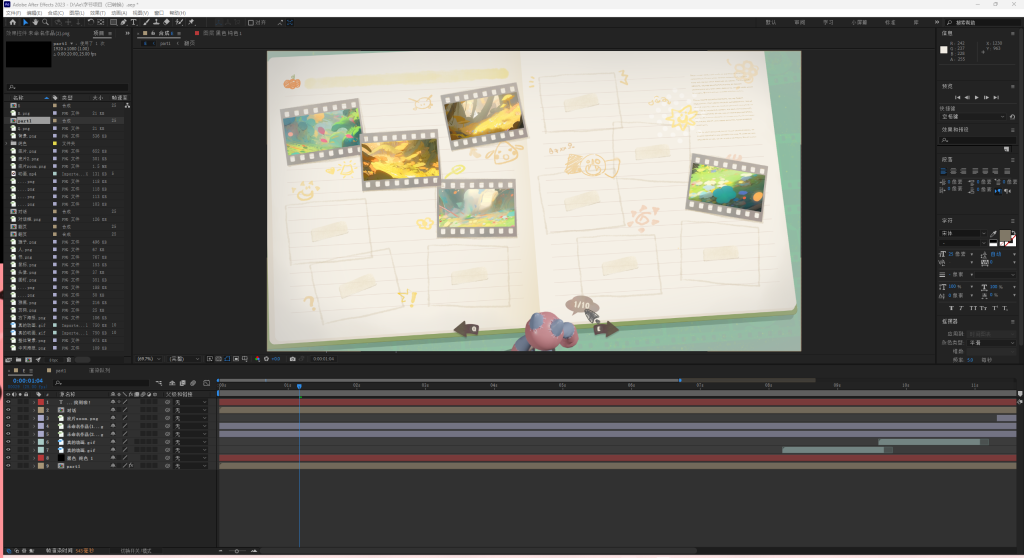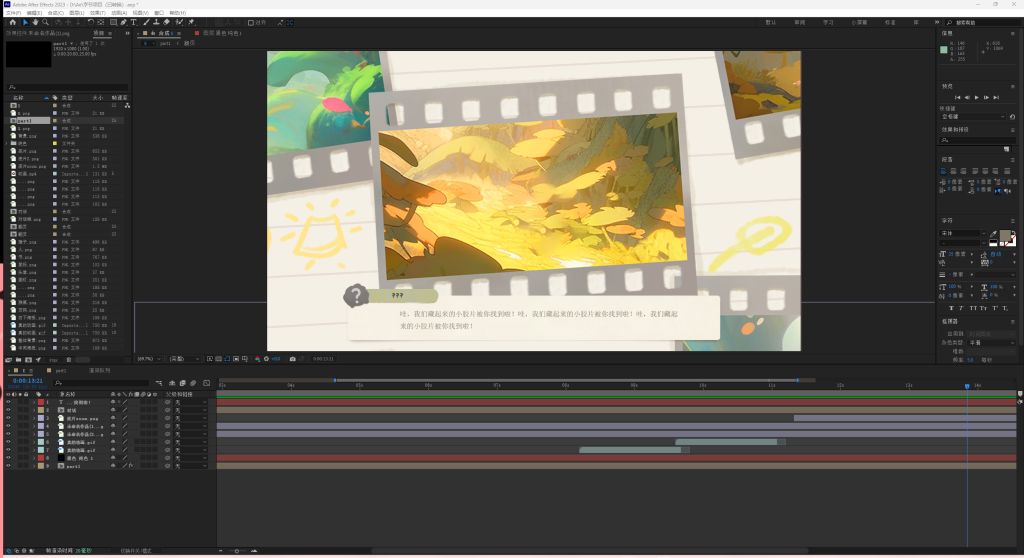In the dynamic world of digital design, Motion Designers play a pivotal role. Tasked with infusing life into video and digital products through animation and motion effects, their ultimate goal is to make products more engaging and user-friendly, often within a brief span. The intense battle scenes and character animations in major games owe their immersive experience to the hard work of these designers.
Motion Designers are also crucial in digital product design, especially in crafting user interface animations and effects in apps and websites, making user interactions more intuitive. My experience in a game company’s Motion Designer test involved working with various game interface elements like backgrounds, buttons, and characters, and bringing a design concept to life through dynamic expression.
A good story, coupled with appropriate music and sound effects, is essential in conveying the concept clearly and engagingly. The distinction between motion effects and animation lies in the former’s focus on user needs. Motion effects are not merely decorative; they provide interactive feedback, enhancing user experience and efficiency. They are an integral part of the user interaction, contributing significantly to user satisfaction and engagement.
Effective motion design should be attractive and meaningful, tailored to the product’s positioning. The process involves user research to understand the target audience, including their age, preferences, technical proficiency, and the context of product use. Marketing research provides insights into existing products, fostering user loyalty and solving specific user issues, offering a solid foundation for product presentation.
In my city, the demand for Motion Designers seems limited for now, possibly because motion design often overlaps with UI and interaction design. However, the unique skills of a Motion Designer, including control over animation timing, imaginative graphical transitions, and proficiency in animation software, set a high entry barrier, requiring time and practice to master.


The future of this profession might see its integration into broader interaction and visual design roles, yet the core competencies of Motion Designers remain distinct and vital. As the digital world evolves, so will the need for skilled professionals who can blend technical expertise with creative vision, making Motion Design an exciting and evolving career path.